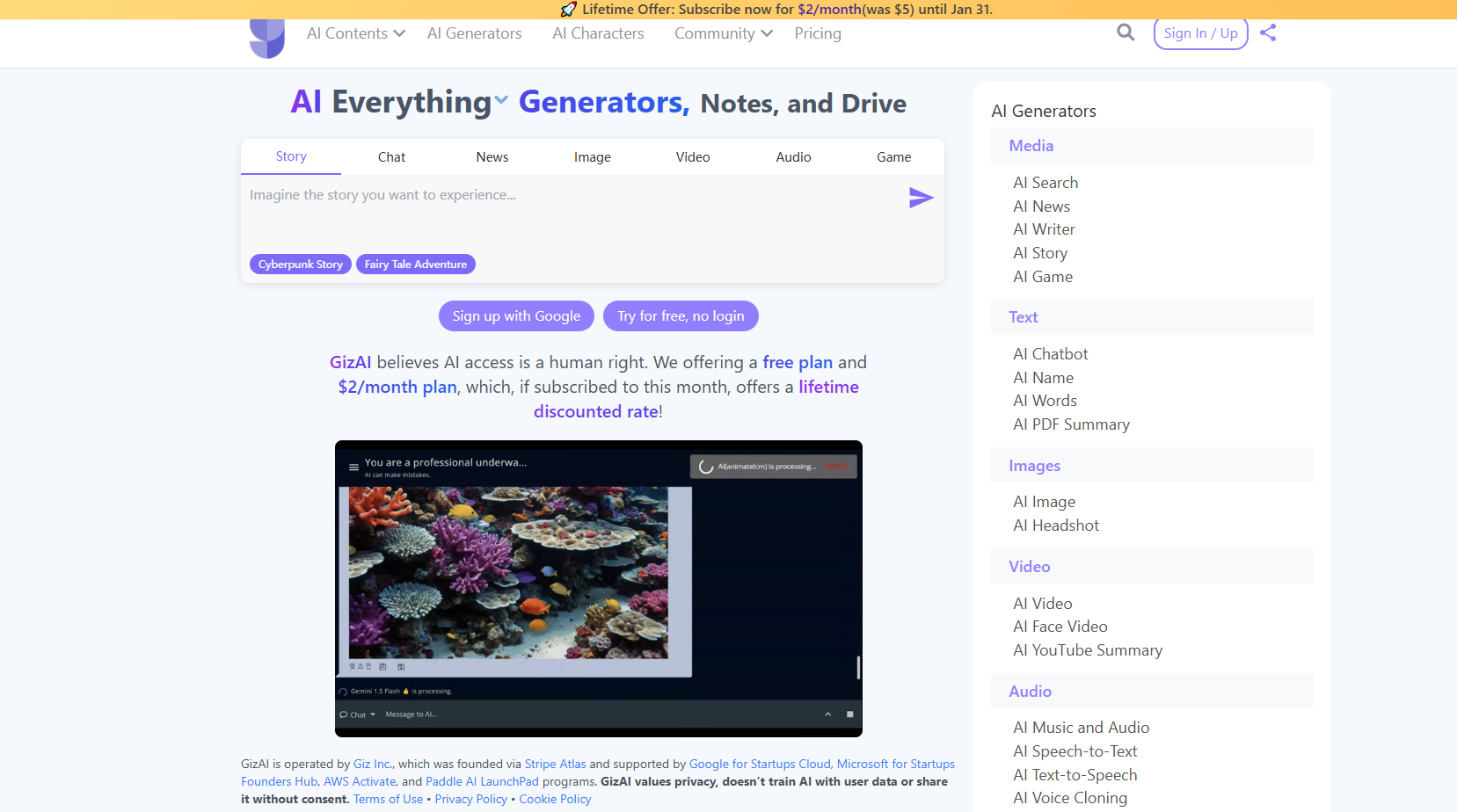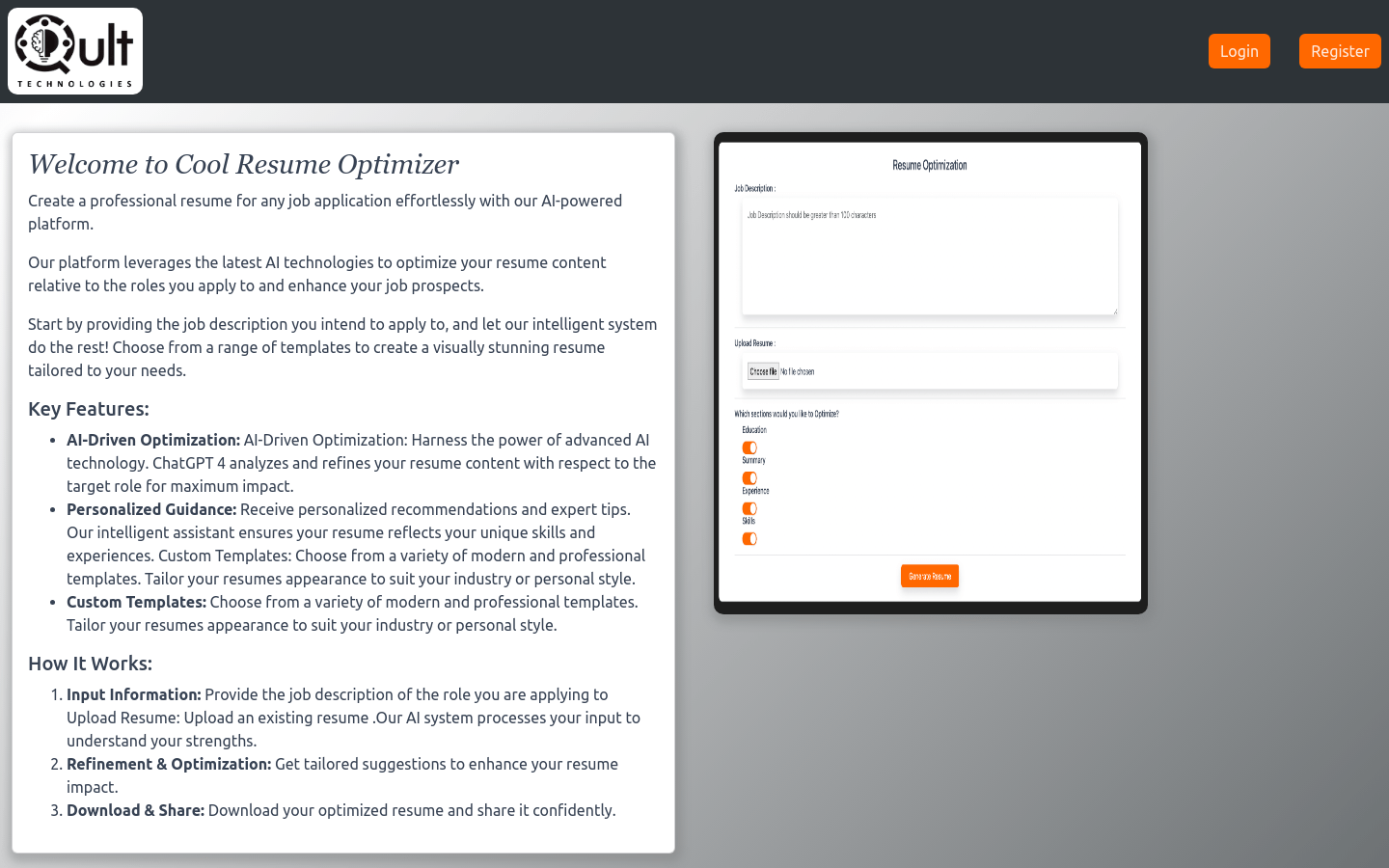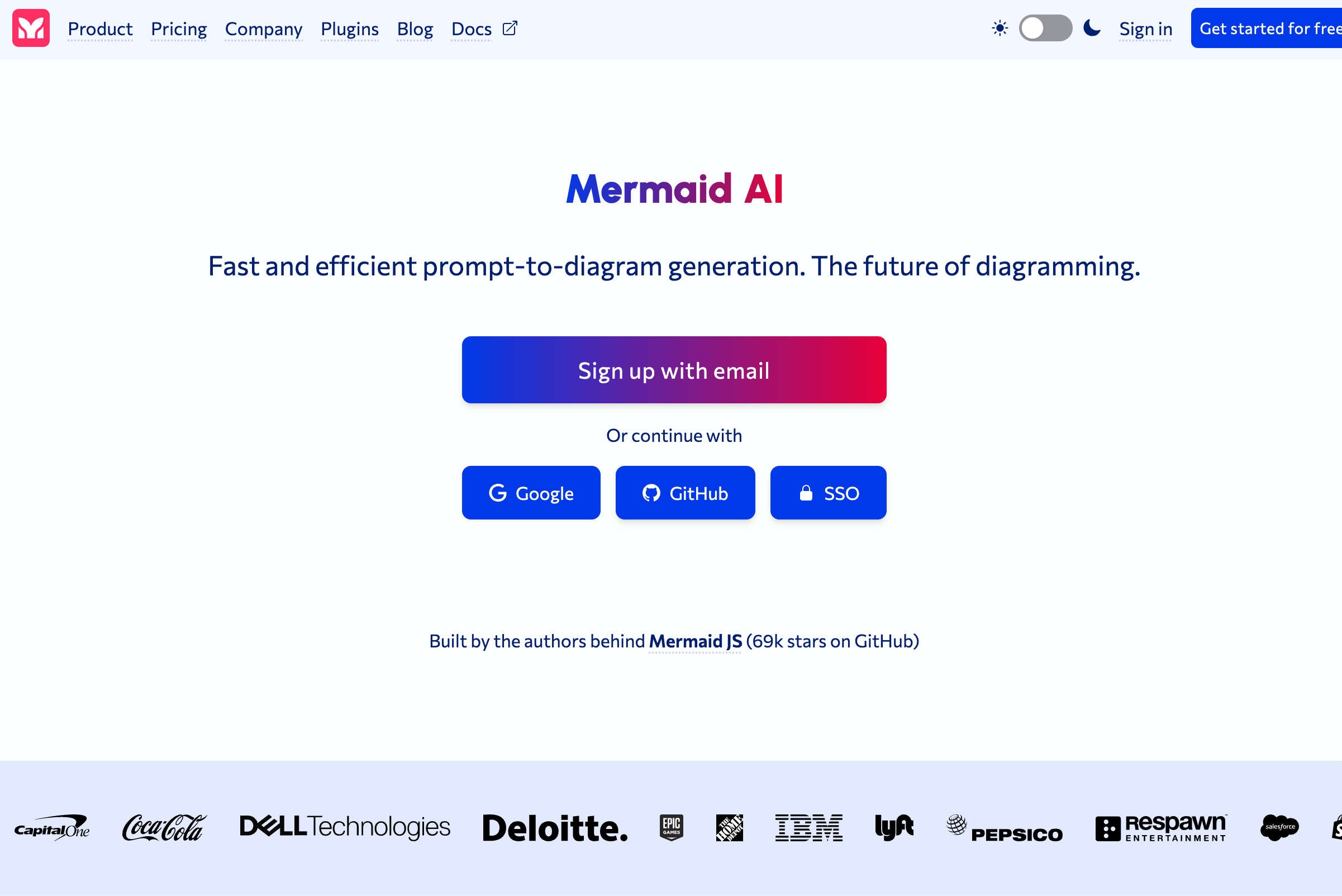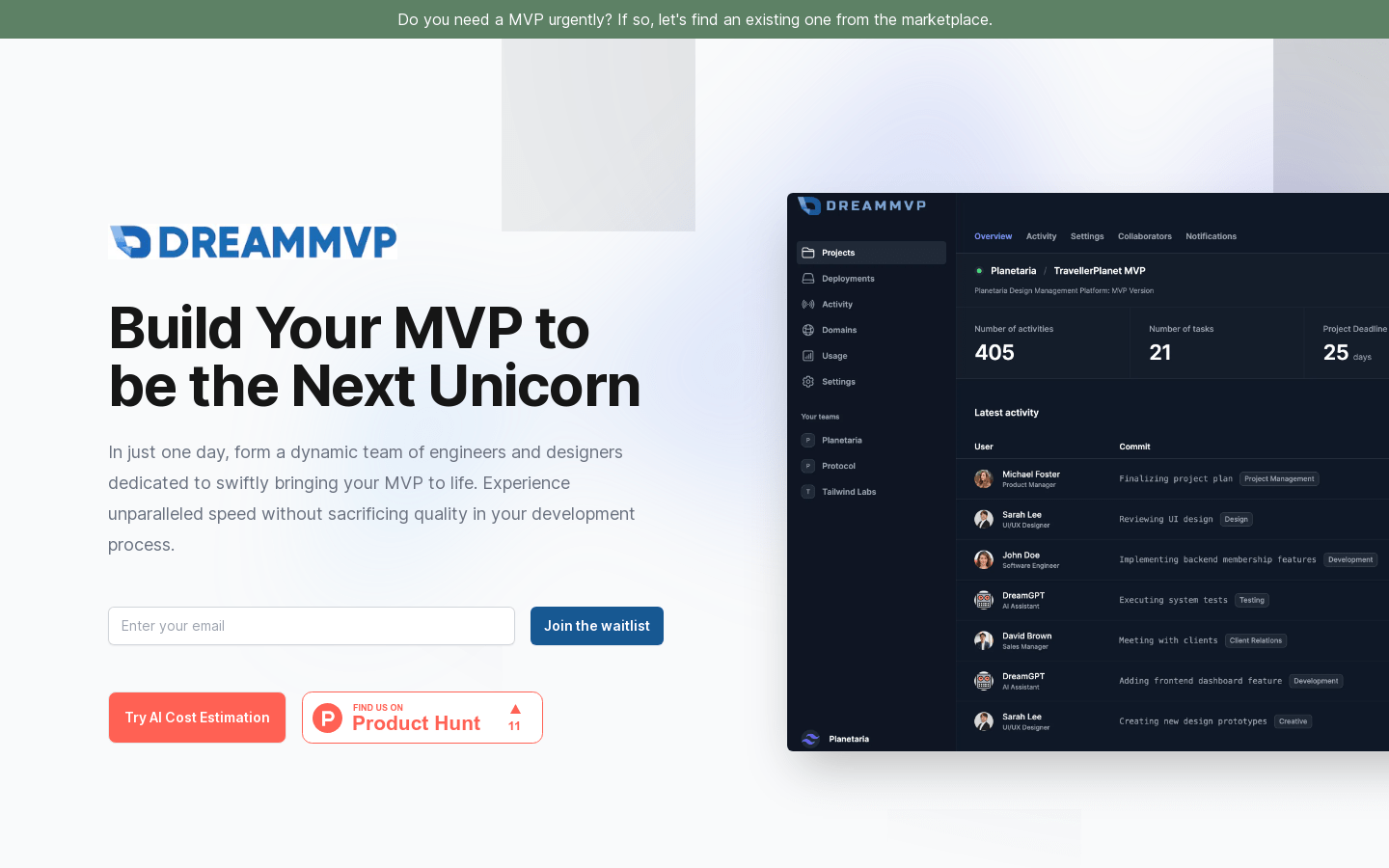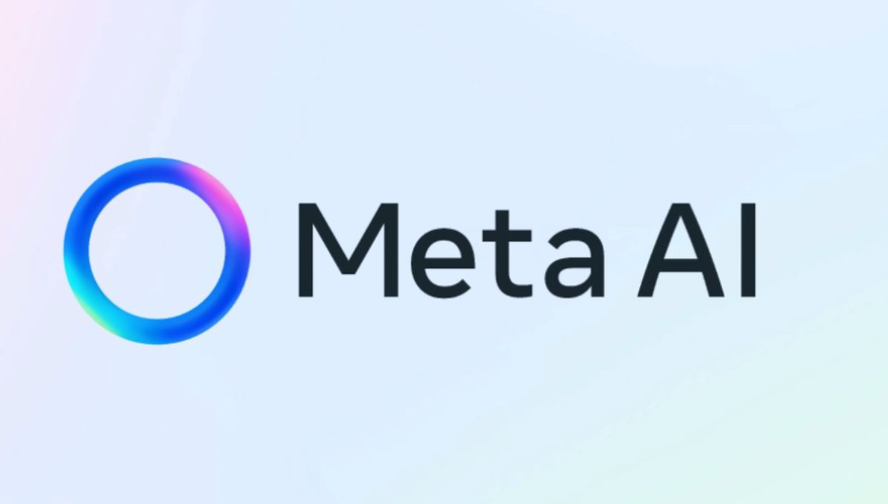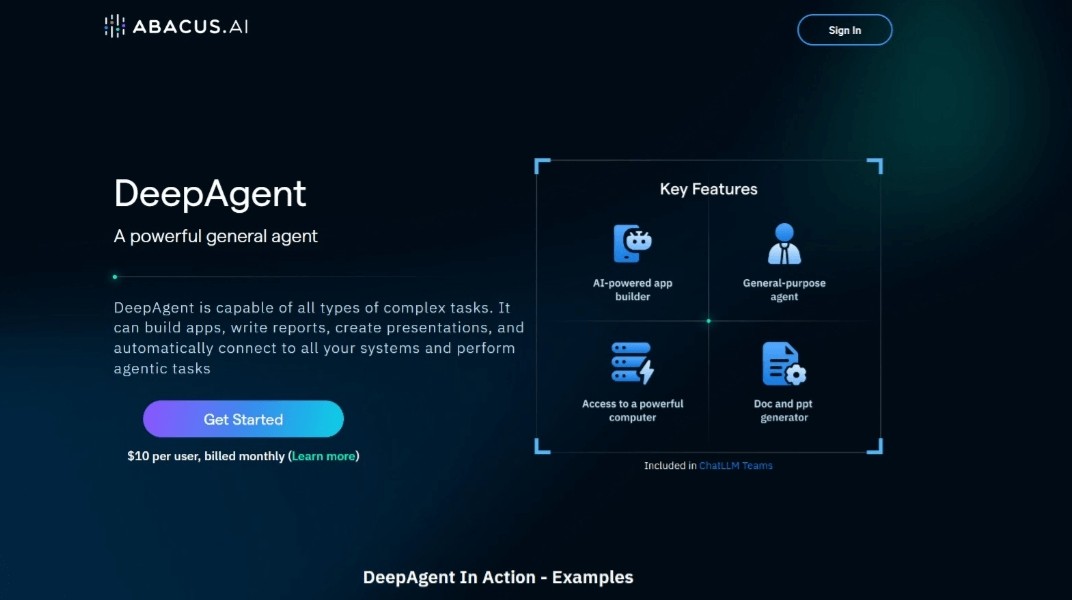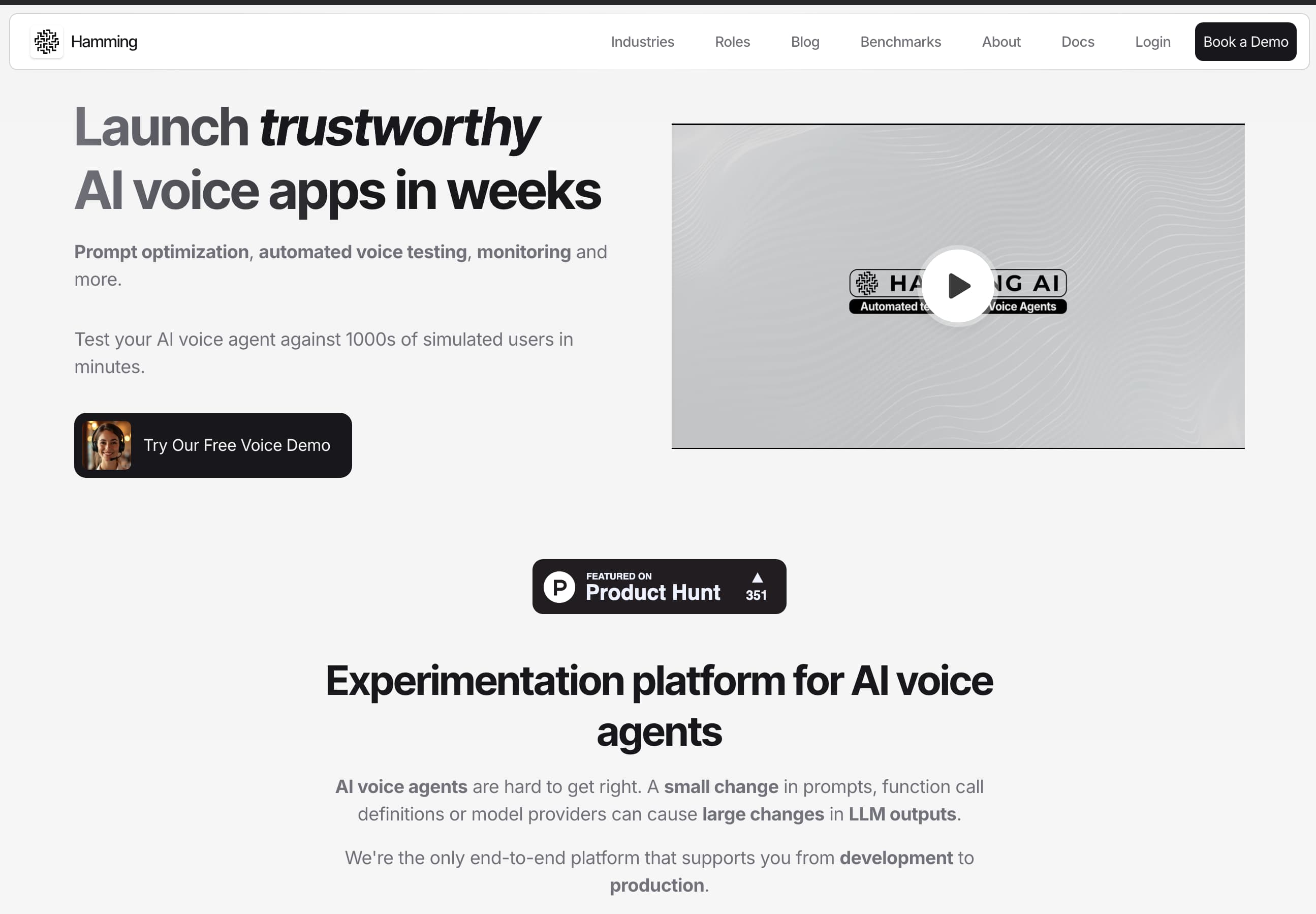
Hamming is an end-to-end AI voice agent testing platform that supports the entire process from development to production. It creates thousands of concurrent phone calls by automating voice roles to test and find bugs in voice agents, significantly improving testing efficiency. In addition, Hamming also provides prompt management, optimizers and playgrounds to help users automatically generate optimized prompts and test LLM output on data sets. Hamming also has proactive monitoring capabilities that can track and score the use of AI applications in production and flag cases that require attention.
Demand group:
"The target audience of Hamming is enterprise teams that need to quickly and reliably develop and test AI voice agents in high-risk areas. These teams may include AI engineers, data scientists, product engineers, and operations engineers, etc., who need to ensure that AI Agent accuracy and robustness to avoid potentially high customer churn or regulatory consequences."
Example of usage scenario:
Shelden Shi, co-founder and CTO of Lilac Labs, uses Hamming to simulate thousands of customer calls to discover system vulnerabilities.
Yossi Eliyahu, Fora’s VP of Engineering, relies on Hamming to ship AI applications that are accurate, robust, and loved by users.
Mark Wai, Inkly's co-founder and CTO, uses Hamming to test the system to get a clear idea of where to improve.
Product features:
Automated voice testing: Use voice roles to create concurrent phone calls and find bugs in voice agents.
Prompt Management: Store, manage, version control and synchronize prompts from different clients.
Hint Optimizer and Playground: Automatically generate optimized hints, test LLM output, and save manual engineering effort.
Proactive monitoring: Track and score AI application usage, flagging cases that require attention.
Cross-team collaboration: Support collaboration between different team members.
Scenario Creation: Create scenarios and characters that test the entire conversation space.
Experiment tracking: Track experimental hypotheses, proposed changes, and learning outcomes.
Usage tutorial:
1. Register and log in to the Hamming platform.
2. Create or import an AI voice agent and prepare for testing.
3. Use Hamming ’s voice character to generate concurrent phone calls to test the AI agent.
4. Use the prompt management function to store and manage prompts from different customers.
5. Use the prompt optimizer to automatically generate optimized prompts.
6. Test the LLM output in the playground and adjust the prompts if necessary.
7. Use active monitoring capabilities to track the use of AI applications in production.
8. Analyze test results and perform iterative optimization based on feedback.
